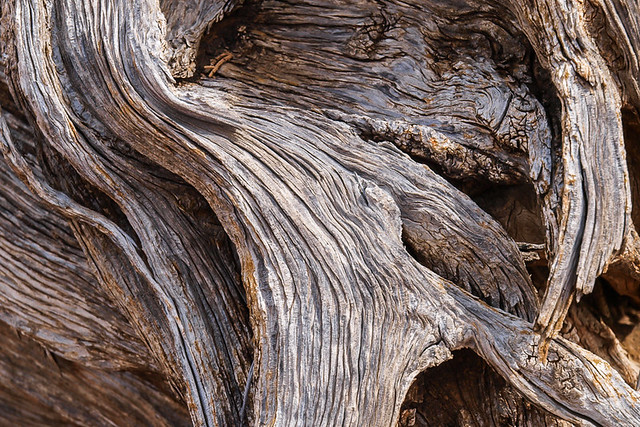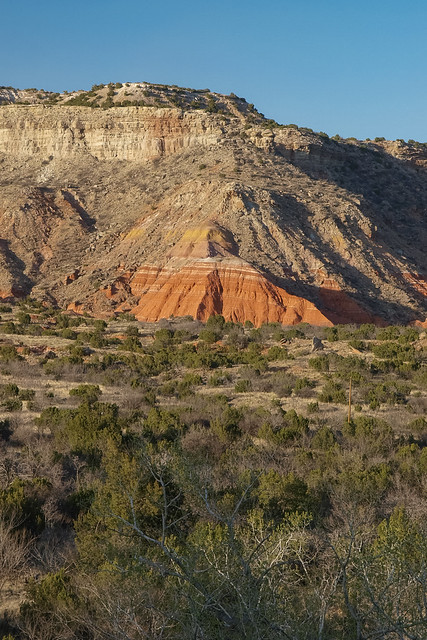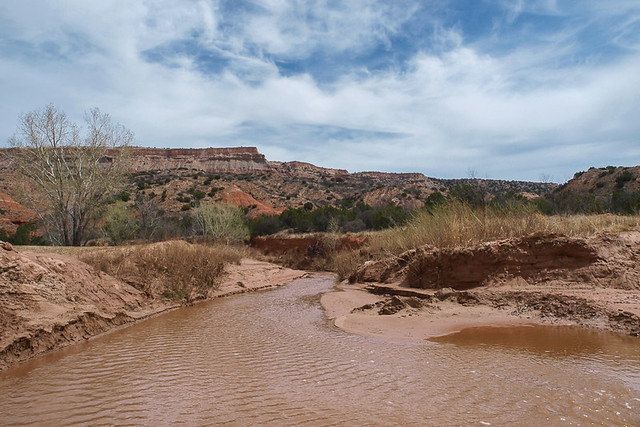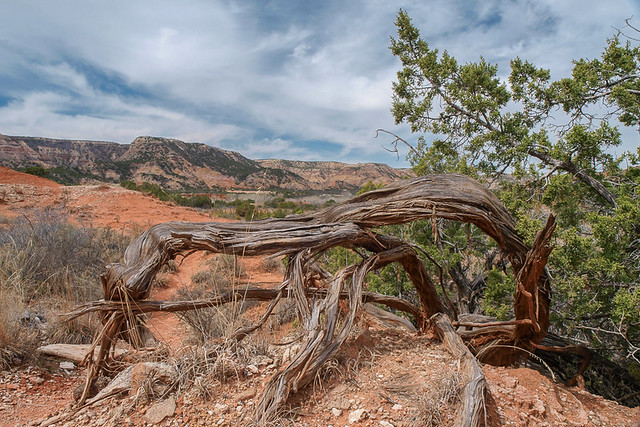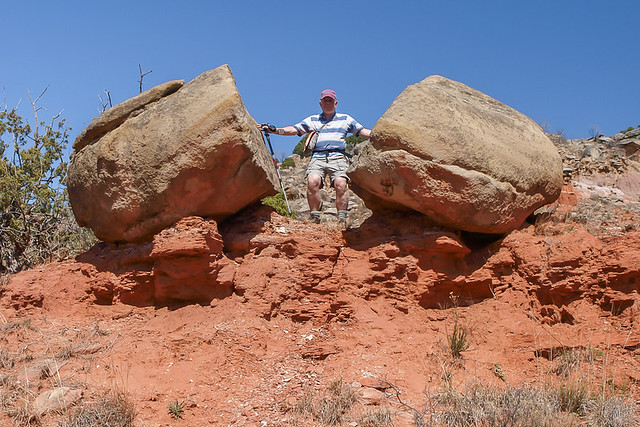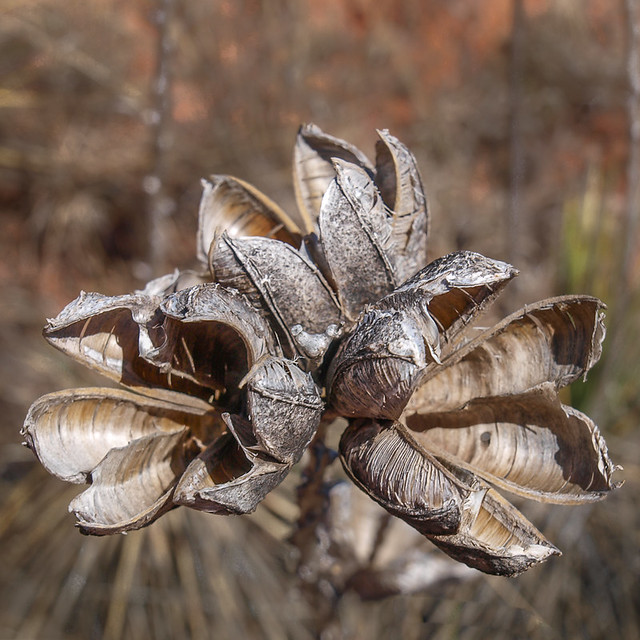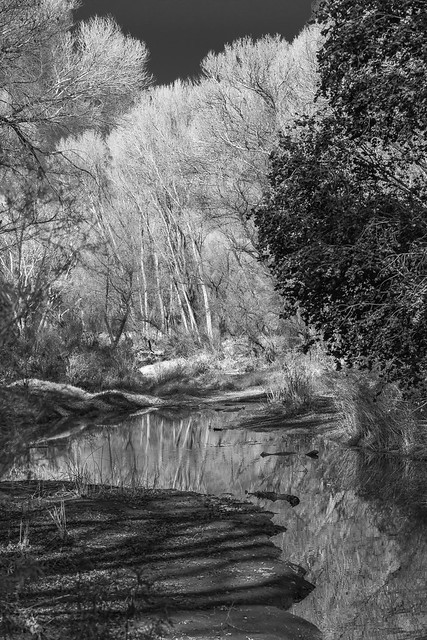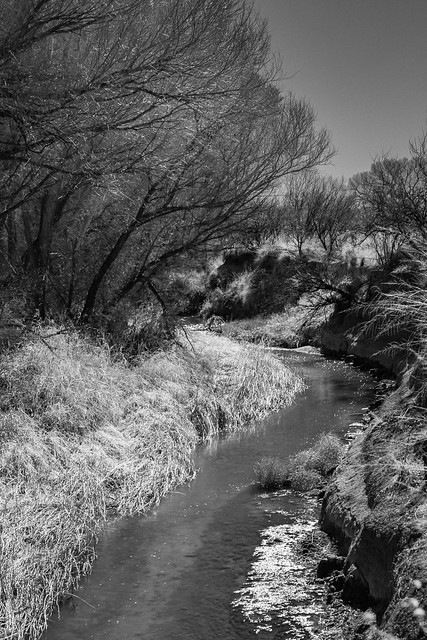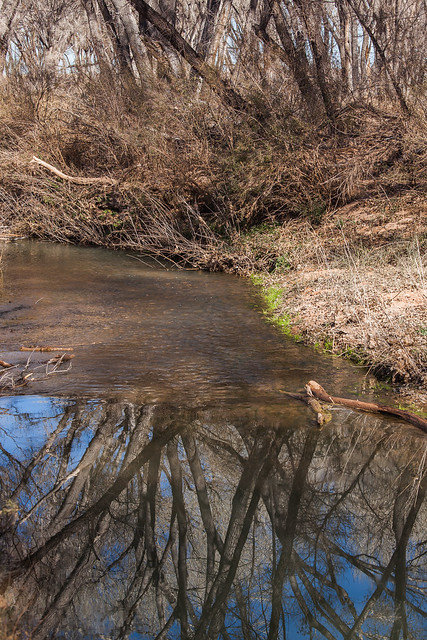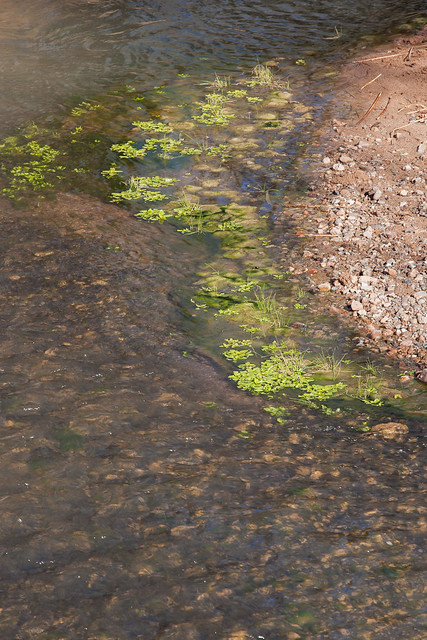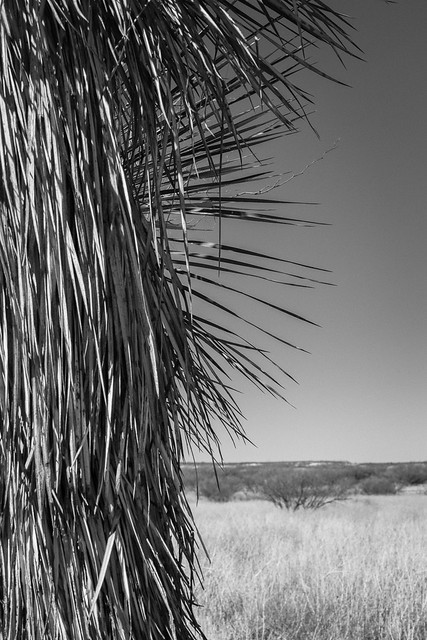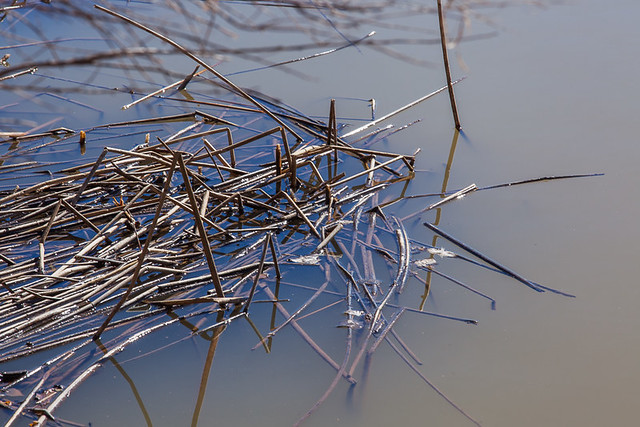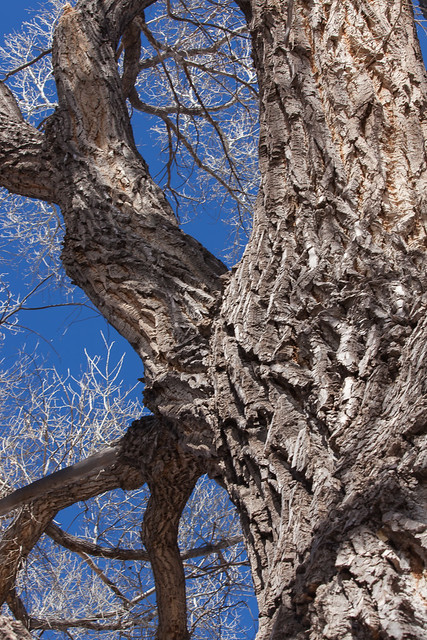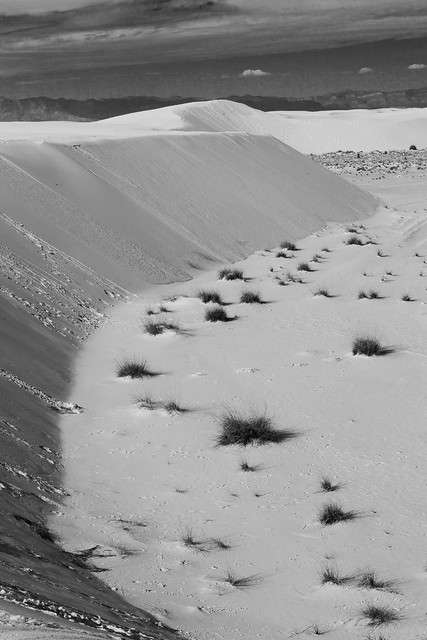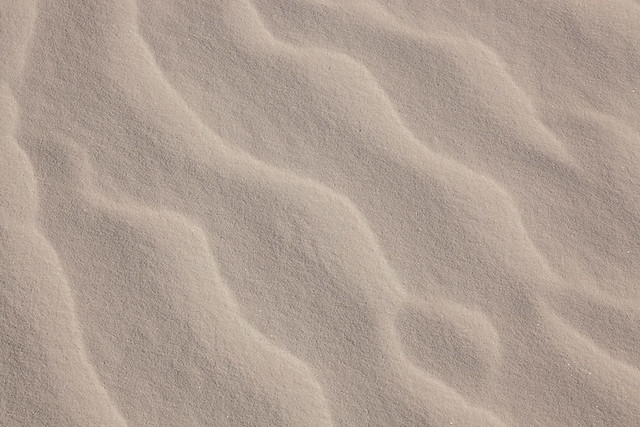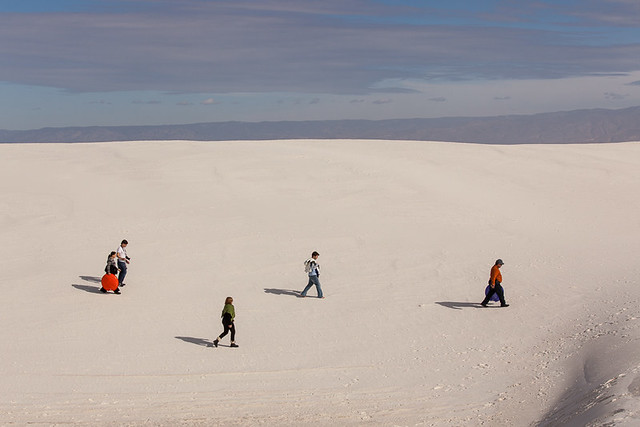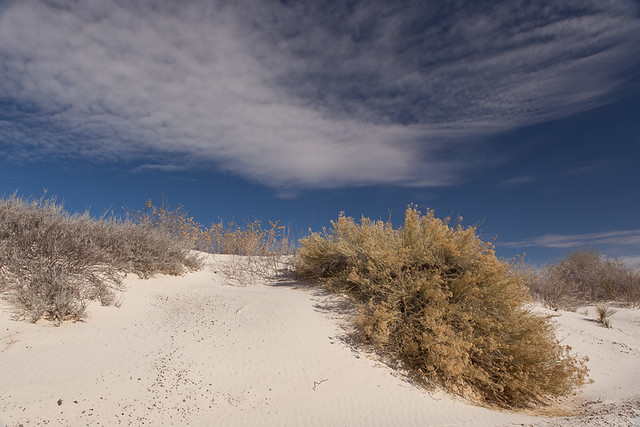Usually, when the distractions of daily life deplete our energy, the first thing we eliminate is the thing we need the most: quiet, reflective time. Time to dream, time to contemplate what’s working and what’s not, so that we can make changes for the better. ~ Sarah Ban Breathnach
I go to the desert. Walking in the canyon, deeper into the wilderness, away from the few others who are also roaming the desert. I sit on a rock outcropping, settle into the earth. Before I take photographs, I take the time to contemplate my surroundings. It is winter in the desert, there is little color in the desert. Only a few blossoms, the earliest flowers, add a touch of color to a world of muted greens and grays. The time of first awakenings. It is during this time of contemplation that I discover not only the essence of place, but also my place.

